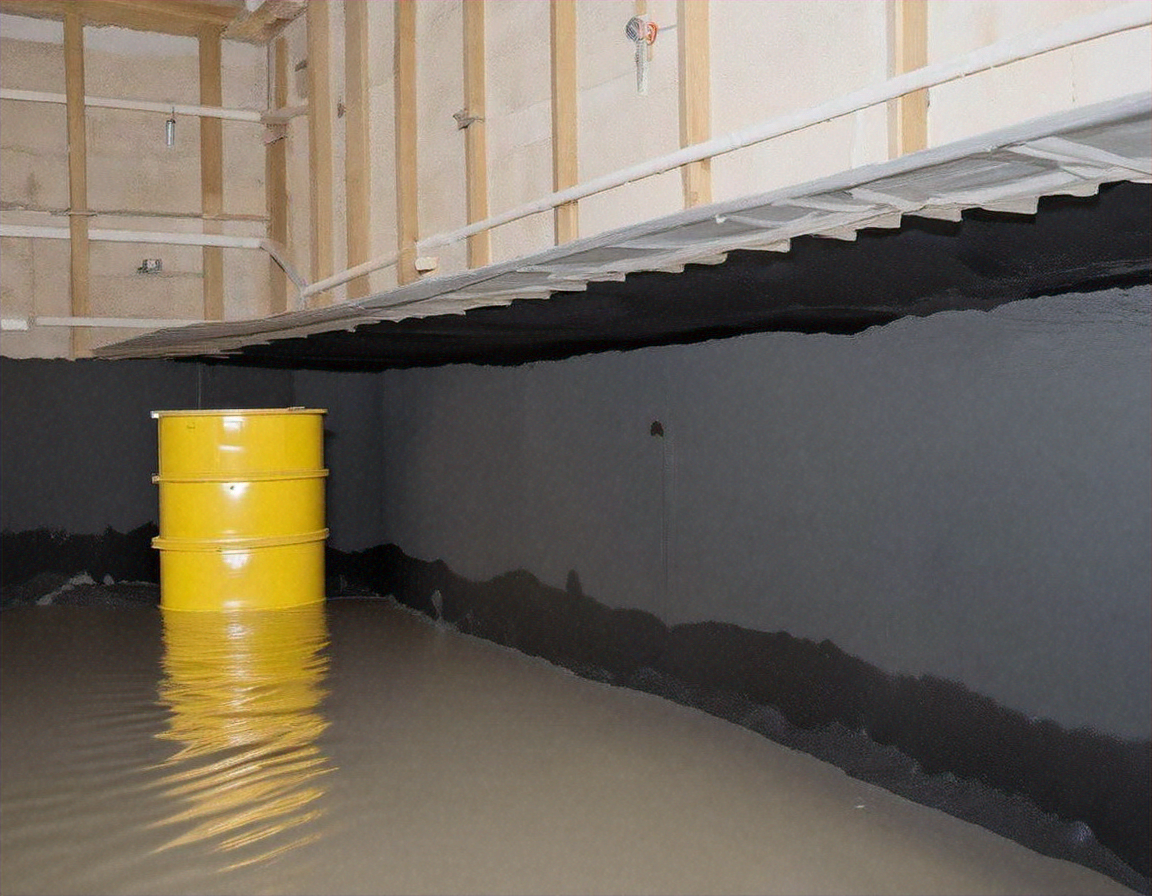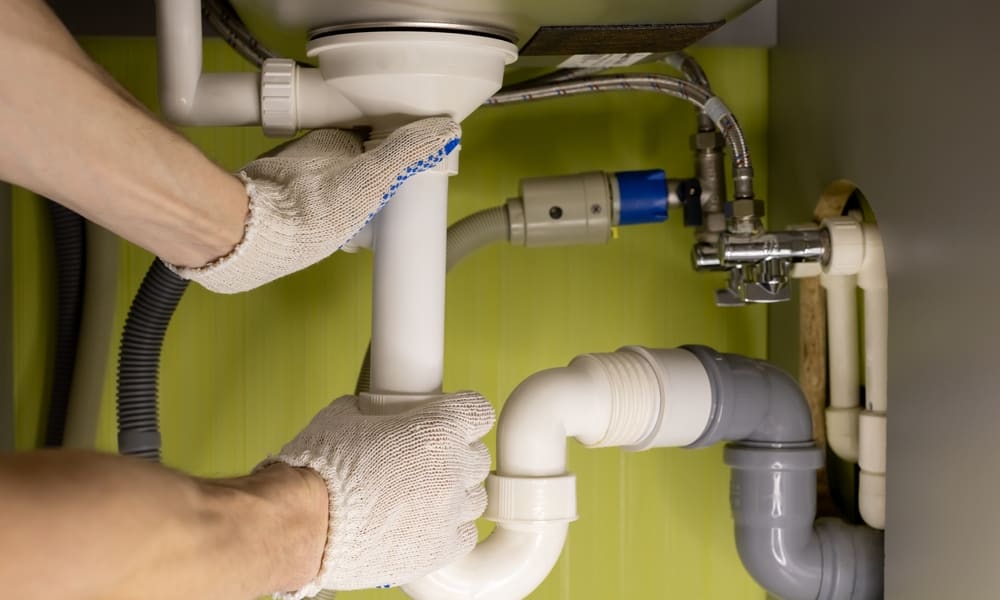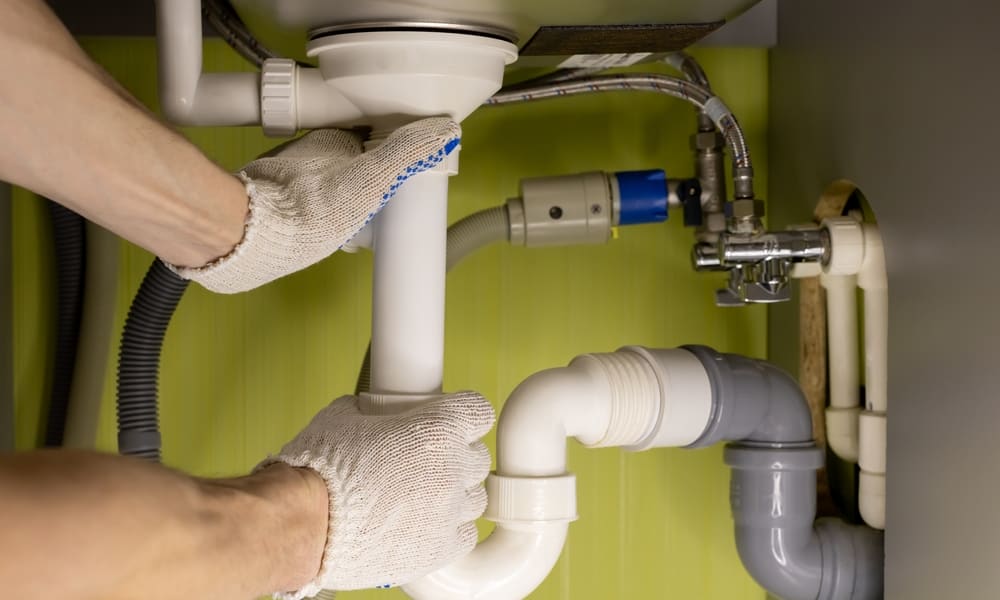Basement Waterproofing: Practical Guide for UK Homeowners
Basements and cellars are vulnerable to moisture and water ingress, especially in regions with heavy rainfall or high groundwater. This article explains common causes, inspection steps, available waterproofing methods, and guidance on selecting local services and maintaining a dry basement. The information is practical and aimed at homeowners across the UK.

What causes basement damp and water ingress?
Water can enter basements through several routes: lateral movement through porous masonry, cracks in the walls or floor slab, rising damp from ground moisture, and pressure-driven groundwater during heavy rain. Poor external drainage, blocked gutters, and downpipes that discharge close to the building also increase the risk. In older UK properties, permeable stone or brick and degraded mortar joints are frequent contributors. Identifying the entry route is essential for choosing the correct remedial approach.
How to assess your basement’s waterproofing needs?
A thorough assessment begins with a visual inspection: look for staining, salt deposits (efflorescence), peeling paint, mould, and damp patches on walls or ceilings. Note whether water appears after prolonged rain or continuously, and whether it tracks in specific lines (suggesting cracks or joints). Consider the building’s history—previous floods, changes in surrounding ground levels, or recent landscaping work can alter drainage patterns. For more detailed diagnosis, a survey by a qualified inspector or structural engineer can include moisture readings, dye tests, and evaluation of existing waterproofing layers.
Which waterproofing methods are commonly used?
There are two broad approaches: external and internal waterproofing. External waterproofing typically involves excavating around the foundation to apply a waterproof membrane or tanking system to the outside of the walls and repair defects in the structure. Internal waterproofing options include cavity drain membranes, which collect water and channel it to a sump and pump, and cementitious coatings or sealants applied to walls and floors to reduce permeability. For active leaks, localised crack injection with epoxy or polyurethane can be effective. Each method suits specific problems: external tanking is comprehensive but more disruptive, while internal systems can be faster to install with less external work required.
How to plan for ventilation and humidity control?
Waterproofing addresses liquid ingress, but controlling humidity and condensation is also crucial for a healthy basement environment. Proper ventilation—mechanical or passive—helps reduce condensation on cold surfaces. Consider heat recovery ventilation in habitable conversions, and ensure that any insulation used is compatible with the waterproofing system to avoid trapping moisture. Dehumidifiers can offer a temporary or complementary solution, but should not replace fixing sources of water. Regular monitoring of relative humidity and surface temperatures helps prevent mould growth and preserves finishes and stored items.
How to choose local services and plan ongoing maintenance?
Select contractors with specific experience in basement waterproofing rather than general builders. Ask for references or case studies of similar properties and check trades’ insurance and guarantees on both workmanship and products. In the UK, look for firms familiar with local ground conditions and building types. Obtain multiple written quotes detailing the proposed method, materials, access requirements, and expected timescale. After work is completed, establish a maintenance routine: clear external drains and gutters regularly, inspect external ground levels to ensure they slope away from the property, test sump pumps periodically, and keep an eye on internal vents and membranes for any signs of failure.
This article is for informational purposes only and should not be considered professional or legal advice. For complex or structural issues, consult a qualified structural engineer or certified waterproofing specialist.
Conclusion
Effective basement waterproofing begins with correctly identifying how water is entering the space, followed by selecting an approach that matches the cause, building type, and intended use of the basement. Combining appropriate waterproofing methods with good drainage, ventilation, and routine maintenance reduces the risk of future problems and supports safe, usable below-ground spaces for UK homeowners.



